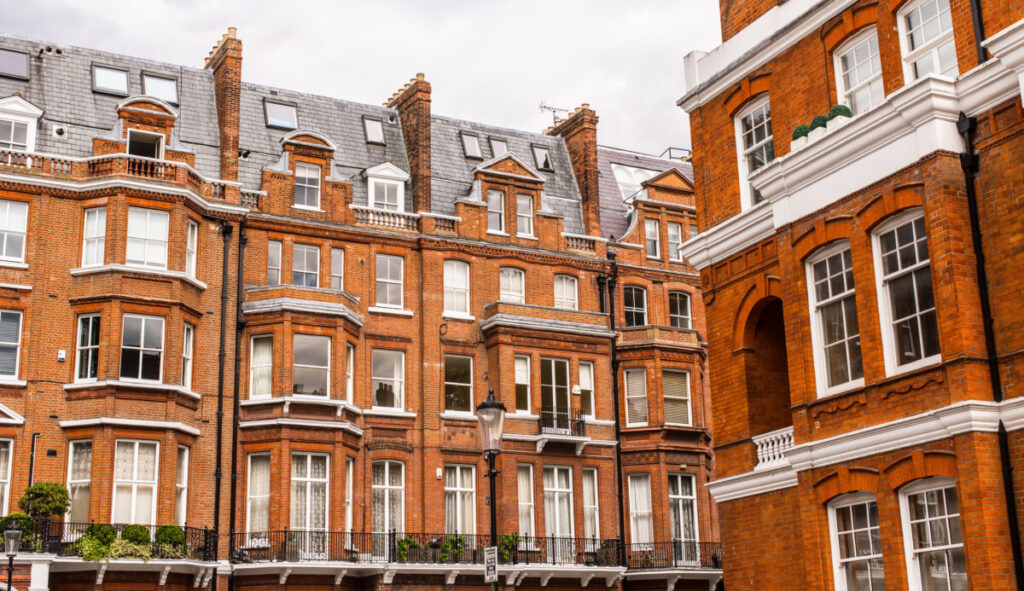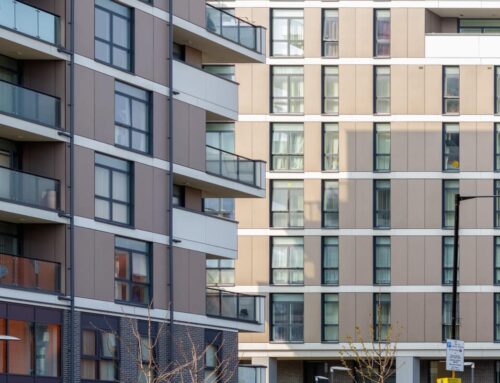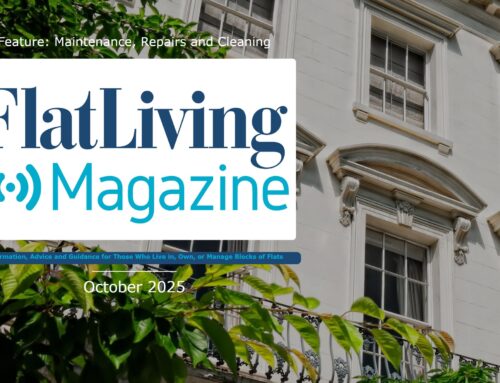Belinda Bagnall, Managing Director of Residentsline Insurance, provides guidance for owners including documentation requirements, the loss assessment process, and handling claim settlement negotiations.
Damage to listed buildings can be devastating for owners. These precious buildings are listed for their age, importance and beauty, so restoring them requires precision.
Alongside meticulous attention to original architectural details and preservation standards, owners will also need to navigate a more convoluted insurance claim process.

Understanding Your Policy
Long before a claim arises, it’s vital that owners understand their insurance policy. The terms and coverage of the policy can be confusing at the best of times, and listed buildings typically require specialised insurance that differs significantly from standard policies.
Read your policy carefully and highlight anything that isn’t crystal clear before calling your broker or provider for clarification.
Specifically, you should make sure you understand:
- Any special conditions or exclusions: Ensure that you understand how any special conditions or exclusions could affect a claim.
- Your coverage limits: Check that your policy covers the full cost of restoration using appropriate materials and techniques required for listed buildings.
Immediate Steps After Damage
Prompt action can prevent further damage and simplify the claims process.
No matter what the cause or scale of the damage, your first step should always be to prevent further damage. Turn off the water supply, cover broken windows, apply temporary roof covers, etc. This is often a requirement of your policy to ensure that costs are kept under control to the best of your ability.
Once the threat to the building is under control, you need to document the damage. Take detailed photos and video footage as soon as it’s safe to do so. Clear evidence of events and the damage caused will simplify your claims process immensely.
Preparing Documentation
Comprehensive documentation is crucial for supporting your claim and ensuring a fair assessment by the insurance company. It will also speed up the process significantly if produced promptly.
Your documentation bundle should include:
- Historical records: Gather any historical documentation of the building that detail its original features, designs and construction materials.
- Repair estimates: Obtain detailed estimates from experienced, specialist contractors, adept at restoring listed buildings. Quotes should outline the methods and materials required to meet historical standards of the building.
For you own records, you should also keep detailed accounts of all interactions with your insurer including emails, letters and summaries of phone calls.
The Loss Assessment Process
Your insurance company will assess the loss – a critical stage in the claims process. They will appoint a specialist Loss Adjuster with listed building experience.
Loss Adjusters are independent claims experts (whose actions are monitored by the Chartered Institute of Loss Adjusters). Their role is to ensure your claim is handled fairly and in accordance with the terms of your insurance policy. However, they are appointed and paid for by the insurer to act on their behalf. With this in mind, it is always a good idea to agree from the outset which firm will act as the loss adjuster in the event of a claim.
If you happen to disagree with the Loss Adjuster’s findings, you can appoint an independent assessor for a second opinion. Just make sure they are experienced in working with listed buildings.
Working with Preservation Authorities
The restoration of listed buildings often requires approval from preservation authorities to ensure compliance with historical standards. You should discuss any planned restoration work with the relevant heritage bodies to ensure it will meet their standards – before beginning the work.
If they specify any further or unexpected guidelines, you must share these with your insurer and contractors immediately.
Claim Settlement Negotiations
Settling a claim for a listed building can be complex, given the need to adhere to preservation guidelines and the required use of specific restoration techniques. Negotiations can be convoluted, so make sure you’re prepared to explain and justify to your insurer the need for specific restoration methods and materials, and the costs these incur.
Be ready to negotiate with the insurance company to cover all necessary costs. It can be beneficial to have an expert in listed buildings on your side during these discussions. If you’ve appointed an independent Loss Adjuster, their reports will be useful.
In cases where the settlement offered by the insurance company does not meet the restoration needs, it may be necessary to seek legal advice.
Conclusion
Navigating the insurance claims process for listed building restoration demands a detailed understanding of both the insurance policy and the specific preservation requirements of the building.
By carefully documenting the damage, preparing thorough documentation, and engaging effectively with both insurance adjustors and heritage authorities, property owners can manage claims effectively.
Residentsline has been providing insurance for flats and apartments for over 25 years. We enjoy providing support and assistance to our customers in all areas of leasehold. Call us today for a quote at 0800 281 235.




Leave A Comment